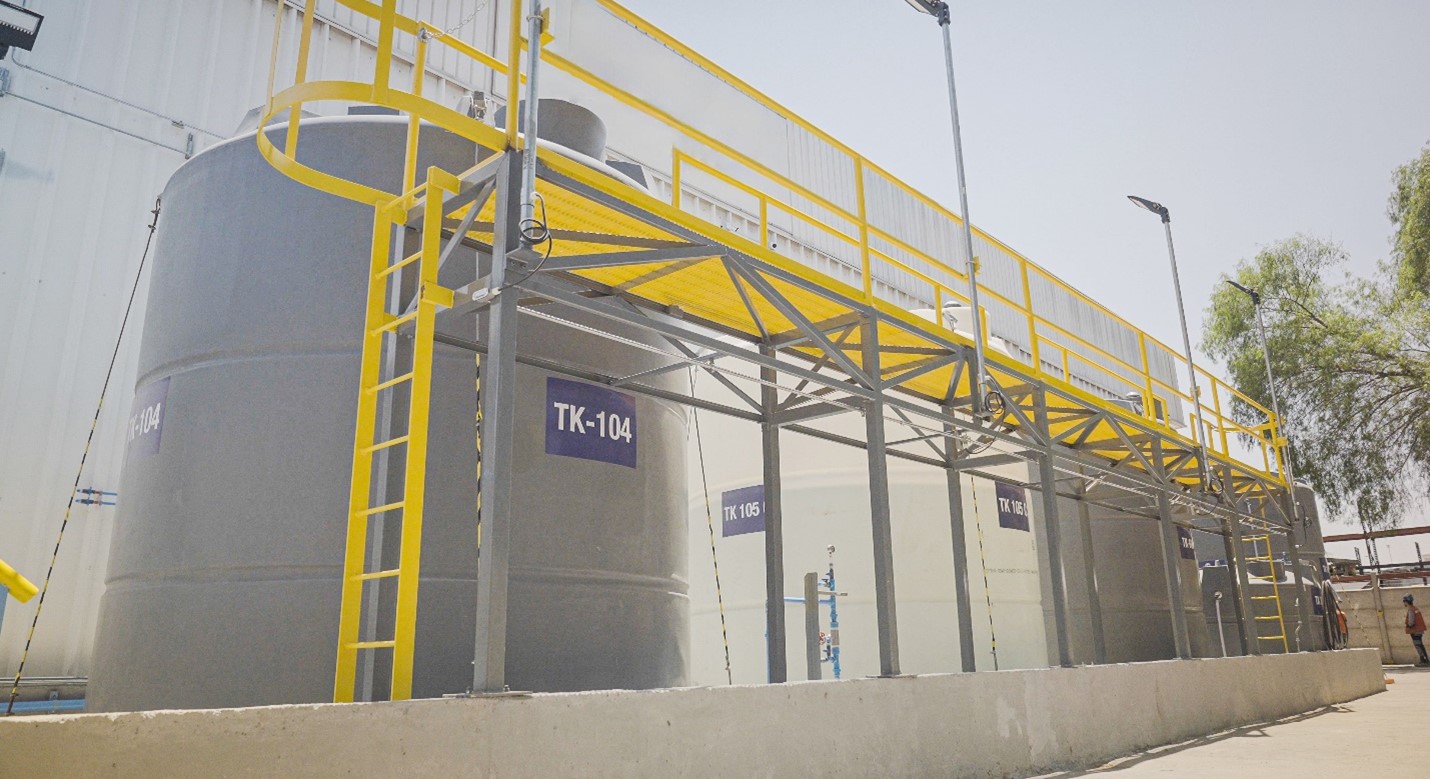Science
Summit Nanotech Launches Innovative Lithium Demonstration Plant in Santiago

Summit Nanotech has announced the establishment of an innovative in-house demonstration plant at its facility in Santiago, Chile. This advanced plant aims to expedite commercial lithium project development through direct lithium extraction (DLE) technology. By leveraging this facility, Summit Nanotech intends to significantly cut down both the time and financial risks typically associated with traditional field demonstrations.
The Santiago demonstration plant is set to start processing customer brine in January 2026. It will have the capacity to receive tanker deliveries of up to 30 m³ of brine and provide clients with a comprehensive commercial design report within a timeframe of 2 to 3 months, depending on the specific testing scope and objectives. This report will encompass critical data needed for advancing lithium projects.
By conducting demonstrations in-house, Summit Nanotech reduces the usual timelines for field demonstrations by an impressive 75%, while lowering costs by 90%. This strategic move offers customers a quicker and more economical route to reach a final investment decision (FID).
“Our goal is to de-risk commercial plant design by giving customers everything they need to confidently advance their projects, without the time, complexity, and cost of a field demo,” stated Amanda Hall, CEO and Founder of Summit Nanotech. She emphasized that this approach is integral to driving the industry towards more efficient and faster scaling.
Transforming Lithium Project Development
For lithium developers operating in Chile, Argentina, or the United States, Summit’s in-house demonstration plant provides a streamlined and technically advanced path for commercial project development. The firm’s DLE technology has consistently outperformed competing methods in terms of reliability, efficiency, and economic viability.
The modular system and high-performance sorbent, developed in North America, enable the extraction of high-purity lithium from brines in these regions. Additionally, the technology boasts industry-leading water efficiency, a crucial factor in sustainable lithium production.
Currently, Summit Nanotech is running a field demonstration plant in Chile and is actively pursuing sorbent and technology supply agreements for projects with a capacity exceeding 5 kt/y LCE. This positions the company to meet a diverse range of market demands effectively.
As the Santiago demonstration plant gears up for operations, companies with interests in validating their lithium assets are encouraged to reach out to Summit for participation opportunities. The company’s commitment to innovation and efficiency in lithium extraction is set to reshape the landscape for lithium project development.
In conclusion, the establishment of this demonstration plant represents a significant advancement for Summit Nanotech and the lithium extraction industry as a whole. By reducing costs and timelines, Summit is paving the way for a more sustainable and efficient future in lithium production.
-

 Politics4 weeks ago
Politics4 weeks agoSecwepemc First Nation Seeks Aboriginal Title Over Kamloops Area
-

 World5 months ago
World5 months agoScientists Unearth Ancient Antarctic Ice to Unlock Climate Secrets
-

 Entertainment5 months ago
Entertainment5 months agoTrump and McCormick to Announce $70 Billion Energy Investments
-

 Science5 months ago
Science5 months agoFour Astronauts Return to Earth After International Space Station Mission
-

 Lifestyle5 months ago
Lifestyle5 months agoTransLink Launches Food Truck Program to Boost Revenue in Vancouver
-

 Technology3 months ago
Technology3 months agoApple Notes Enhances Functionality with Markdown Support in macOS 26
-

 Lifestyle3 months ago
Lifestyle3 months agoManitoba’s Burger Champion Shines Again Amid Dining Innovations
-

 Top Stories2 months ago
Top Stories2 months agoUrgent Update: Fatal Crash on Highway 99 Claims Life of Pitt Meadows Man
-

 Politics4 months ago
Politics4 months agoUkrainian Tennis Star Elina Svitolina Faces Death Threats Online
-

 Sports5 months ago
Sports5 months agoSearch Underway for Missing Hunter Amid Hokkaido Bear Emergency
-

 Politics5 months ago
Politics5 months agoCarney Engages First Nations Leaders at Development Law Summit
-

 Technology5 months ago
Technology5 months agoFrosthaven Launches Early Access on July 31, 2025



















